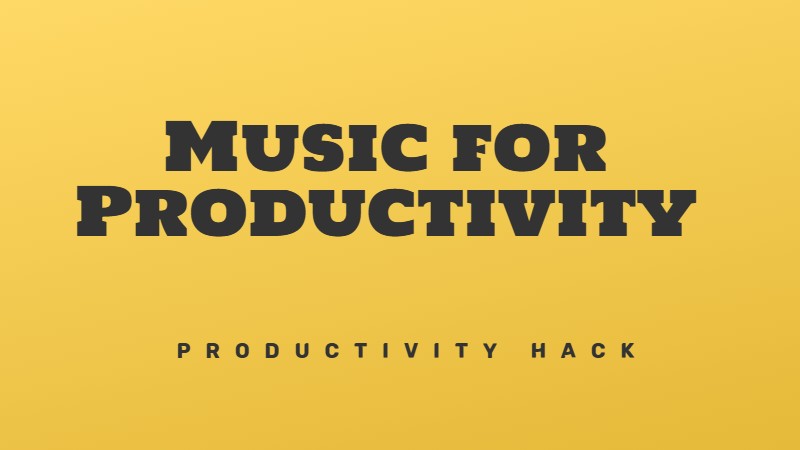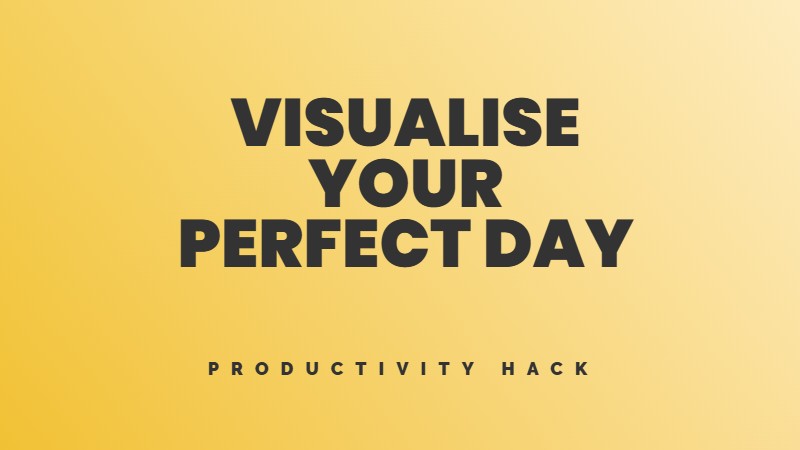One morning, I had to present a project but woke up twenty minutes behind schedule. I grabbed my notes and sprinted across campus, mentally reviewing my key points between gasps for air.
When I burst through the classroom door, the professor immediately called me up to present. Still breathing hard, heart pounding, I launched into my talk without a second thought.
It was my best presentation ever.
My classmates asked what changed. Why did I seem so much more confident? Then the truth hit me. For the first time, I’d practised in the same physiological state I’d be in while speaking.
Why your regular speech practice doesn’t work
Most people prepare for speeches by sitting down or standing still in front of a mirror. This approach fails for one simple reason. It doesn’t match the physical state you’ll be in when giving the actual speech.
When you stand up to speak, your body responds with:
These physical reactions happen whether you’re an expert or novice. The difference? Experts have trained in these conditions.
The solution: Practice while moving
The cardio speech preparation trains your body and mind to perform while your heart rate is up exactly like it will be during your real presentation.
Here’s how it works:
This method works because your body learns what it feels like to speak clearly and confidently, even with an elevated heart rate. When you step up to the podium and feel those familiar sensations, instead of panicking, your brain thinks: “I know this state. I’ve practised here.”
How this fixes stage fright
Standard speech practice fails because your body goes into shock when it suddenly needs to perform under stress. The physical symptoms of nervousness feel alien and threatening.
With cardio practice, you:
Real world results
People who switch to this method report:
How to do it right
For maximum benefit:
The science behind the cardio speech hack
This approach works on the principle of state-dependent learning. Research shows we recall information better when we’re in the same physical state as when we learned it.
By matching your practice state (elevated heart rate) to your performance state (nervous system aroused), you build neural pathways that function well under identical conditions.
Beyond public speaking
This method works for other high-pressure situations too:
Whenever you need your brain to perform while your body is stressed, this technique gives you an edge.
Bottom line
I gave a toast at my sister’s wedding last summer. Eighty people staring at me, waiting for words worth remembering. The old me would have panicked, rushing through index cards with a shaky voice.
Instead, I spoke clearly, made eye contact, even paused for laughs. My sister asked later how I’d gotten so good at public speaking.
“I practised while jogging,” I said.
She rolled her eyes. But it’s true.
For two weeks before the wedding, I woke up early and jogged around my neighbourhood, delivering that toast over and over while my heart pounded. I trained my brain to form words, retrieve memories, and organize thoughts while physically stressed.
The wedding day arrived. I stood up and felt my heart race. Instead of panic, I felt recognition. “I know this state,” my brain whispered. “We’ve practiced here.”
The beauty of this method lies in its simplicity. No expensive courses. No complicated techniques. Just you, moving your body, speaking your words.
Try this method once. Just once. Feel how different it is from the old standing still in your bathroom mirror speech preparation routine. Your body will tell you immediately that this is right.




Leave feedback about this